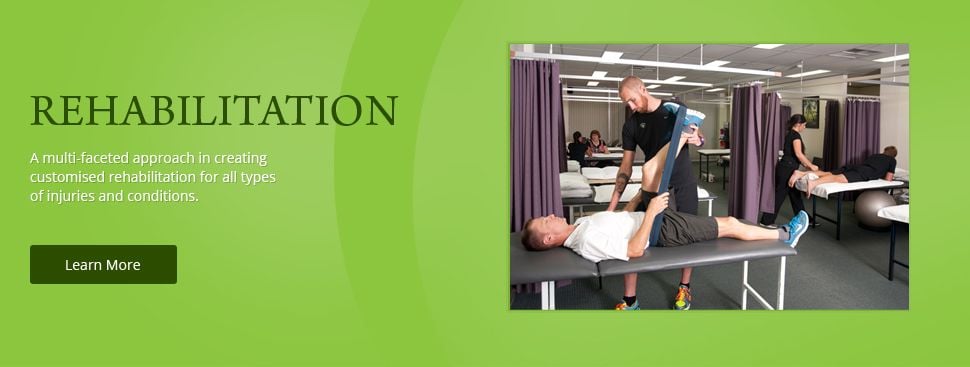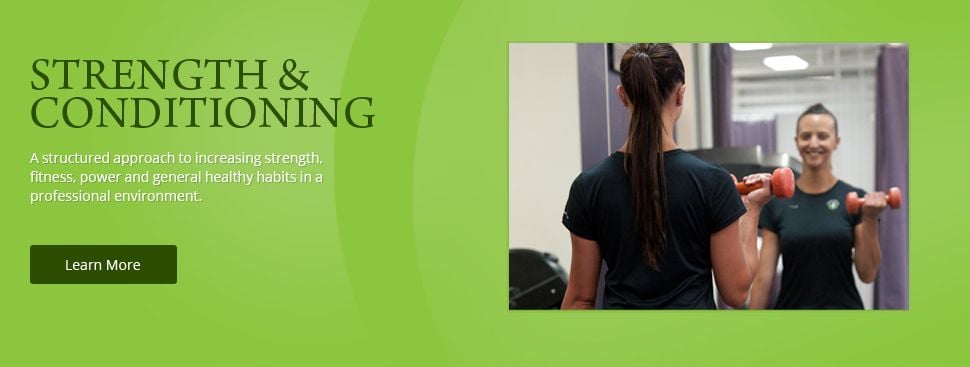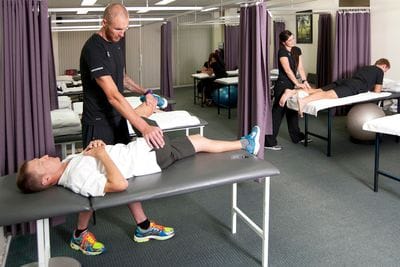Exercise Physiology
Mention the code "Fit 101" for $5 off your initial exercise physiology consultation when you book online

Runner's Knee
When the knee is bent and straightened, the patella slides up and down within a groove on the end of the femur. With repeated bending and straightening, such as during activities such as walking, running, jumping and cycling, the underneath surface of the patella can become irritated. This can result in pain and occasionally swelling.
Patellofemoral syndrome typically does not get better on its own if the cause is not addressed and the aggravating activities/sport are continued. However, Patellofemoral Syndrome is easily treated and corrected by a Physiotherapist.
Your friendly Active Body Physiotherapist can easily diagnose your Patellofemoral Syndrome and get you started on treatment and exercises to rid your pain and aid in the correction of the underlying biomechanical cause of your knee pain and prevent Patellofemoral Syndrome becoming a recurrent/chronic knee pain. Some of this treatment may include initial activity modification, advice regarding the use of anti-inflammatory medications, soft tissue treatment, stretching and strengthening exercises. Certain taping techniques can be utilised in order to allow you to continue participating in sport pain-free, however, these taping techniques DO NOT solve the problem and/or eradicate your pain in the long term.
For additional support or information please contact us.


)
)
)




